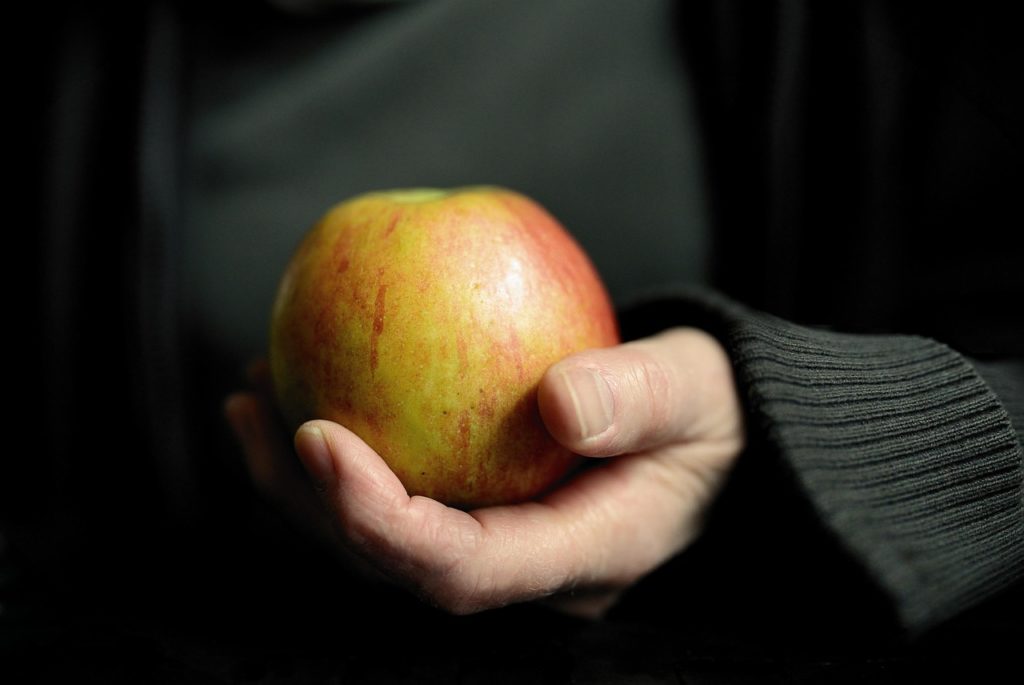Health and wellness conversations today often highlight fasting and nutrition as key elements for achieving balance and vitality. While dieting alone can sometimes feel restrictive, combining smart fasting practices with solid nutritional foundations creates a sustainable approach to overall well-being.
Understanding Fasting
Fasting is the deliberate decision to go without food for a certain length of time. Far from being a new concept, fasting has been practiced for centuries in different cultures for spiritual, physical, and healing purposes. In recent years, it has gained attention for its potential benefits, such as improved metabolism, cellular renewal, and enhanced energy.
Some of the most common fasting styles include:
- Intermittent Fasting (IF): Eating within a limited time frame each day.
- Alternate-Day Fasting: Consuming fewer calories every other day.
- Extended Fasting: Longer fasts done under careful supervision.
Successful fasting depends on knowing how to pace yourself and making wise food choices once your fasting window ends.
The Essentials of Nutrition
Nutrition is the foundation that supports every function in the body. To gain the most from fasting, it’s important to pair it with a diet that nourishes and strengthens. Basic nutrition principles include:
- Macronutrients: Carbs, proteins, and healthy fats provide energy, rebuild tissues, and keep your body functioning.
- Micronutrients: Vitamins and minerals are vital for immunity, hormones, and daily energy.
- Hydration: Adequate water intake improves digestion, circulation, and focus.
- Whole Foods: Choosing natural foods like vegetables, fruits, lean meats, legumes, and grains ensures balanced nutrition.
Why Fasting and Nutrition Work Best Together
The purpose of fasting isn’t deprivation but giving the digestive system a rest so the body can repair itself. When combined with balanced nutrition, fasting may:
- Help manage weight more effectively.
- Lower inflammation levels.
- Support better blood sugar control.
- Increase concentration and alertness.
- Encourage long-term health and resilience.
The real benefits come when you break your fast with wholesome meals instead of processed or sugary options.
Practical Advice for Success
- Begin gradually by reducing your eating hours step by step.
- Pay attention to your body’s signals—don’t push through if you feel unwell.
- End your fast with meals rich in proteins, vegetables, and healthy fats.
- Practice mindful eating to avoid overeating after fasting.
- Drink water, unsweetened teas, or black coffee to stay hydrated during your fast.
Fasting can be a powerful way to improve your health, but its true potential is unlocked when it is combined with strong nutrition practices. By nourishing your body with quality foods and using fasting as a tool for balance, you can achieve better energy, improved focus, and long-term wellness. The art lies in creating harmony between mindful fasting and healthy eating.





